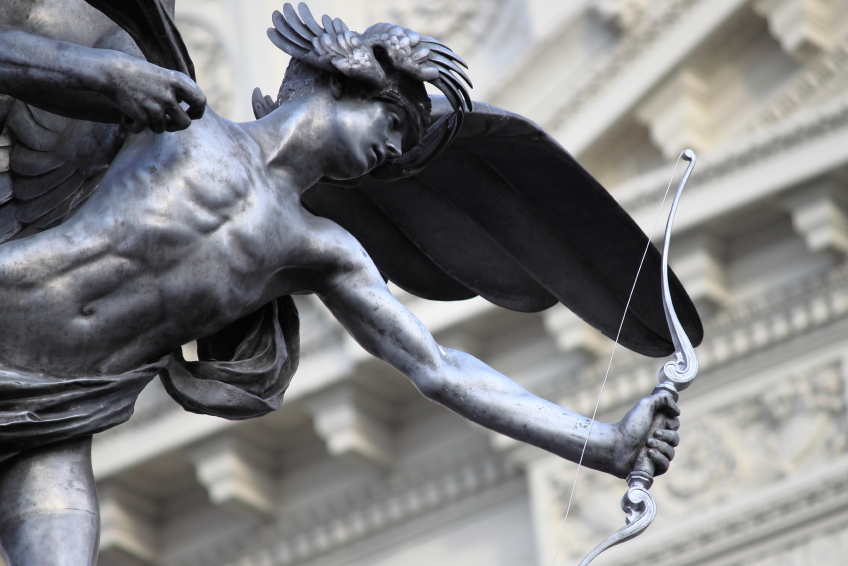

It’s February in Italy’s beautiful capital city, and love is in the air! After all, Rome’s history is full of both passion and heartbreak – including the story of St. Valentine.
When you study art, history, or any other subject offered at a world-class American college in Rome, you’ll gain access to resources that allow you to experience this history for yourself. Read on to learn more about the origins of St. Valentine’s Day:
A Legacy of Love: Historians Detail the Life (or Lives) of ‘St. Valentine’
Although February 14 is called St. Valentine’s Day, there are several figures of the past who might be the one we celebrate. No fewer than eleven Saint Valentines are recorded in the history books, all of them Christian martyrs. However, the two we associate with love and romance are both Italian and from the same historical period.
The first Saint Valentine was a Roman priest who died around 280 AD. According to legend, this Valentine was persecuted by the emperor Claudius II, who attempted to convert him to paganism. When Valentine refused (and even tried to convert Claudius to Christianity) he was imprisoned and scheduled for execution. While waiting to die, he is said to have cured the blindness of his jailer’s daughter, who then converted to Christianity along with her entire household.
On the eve of his execution, this Valentine is said to have written a love letter to the jailer’s daughter, and signed it “Love, your Valentine” – perhaps the world’s first Valentine card.
Less is known about the life of the second St. Valentine to whom many historians attribute St. Valentine’s Day. Sometime around 500 AD he was a beloved bishop in Terni, a city close to Rome in the Umbria region of Italy. He is said to have been martyred under the emperor Aurelian, beheaded, and buried on the Via Flaminia, an ancient Roman road. Coincidentally, Saint Valentine of Rome was buried on the same road.
Noted historians say the various accounts of the different Saint Valentines (called hagiographies) can’t tell us which is the precise St. Valentine of the beloved holiday - at least one legend even has it that Valentine of Rome and Valentine of Terni were one and the same. We may never know the true details, but one thing is for certain – it’s a distinctly Roman story.

St. Valentine’s Skull’s Rests Near Those who Study in Italy at JCU
When you study in Italy at JCU, you’ll be living just blocks from a sacred relic: the exhumed skull of St. Valentine of Rome himself. Consider taking your international friends to visit the skull of this famous Italian icon on his holy day.
After his burial, the martyr’s preserved head was supposedly transferred from one church to another until finally ending up at the Basilica of Santa Maria in Cosmedin. This basilica is a favorite site of those who pursue art classes in Rome, as it stands as a pillar of historical art and culture in the city. Santa Maria is built at the site of an ancient temple, and its beauty merited it the term cosmedin, meaning ‘ornate’ – an ideal resting place for a man whose name is now synonymous with love, affection, and beauty.
Explore Valentine-Inspired Romantic Art When You Study Art History in Italy
Along with these mysterious relics, those who study art history in Italy can witness some spectacular depictions of love in painting, mosaic and glass.

One piece actually portraying Saint Valentine, St Valentine Baptizing St Lucilla by Jacapo Bassano, can be found at the Museo Civico in Bologna. Coincidentally, Bassano himself died on February 14th.
Closer to home here in Rome, Loves of the Gods is a magnificent fresco cycle by Annibale Carracci in the Palazzo Farnese - 11 frescos depicting the passions of the Greek gods on the ceiling and walls.
Inspiration abounds for those immersed in the Italian study-abroad experience, where romance is an integral part of the arts, history, and culture! You’ll love it.
Would you like to study art history in Italy?
Visit JCU to learn more about starting your own Italian study abroad experience.




